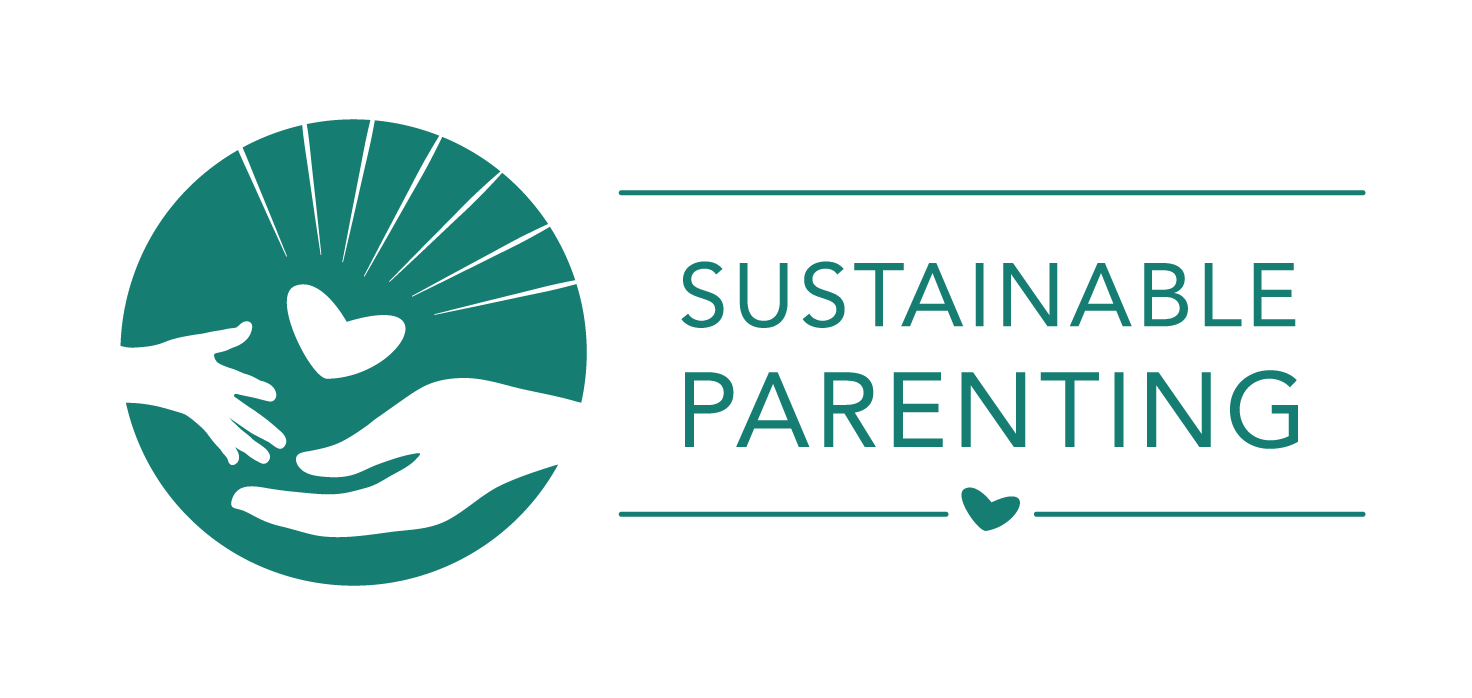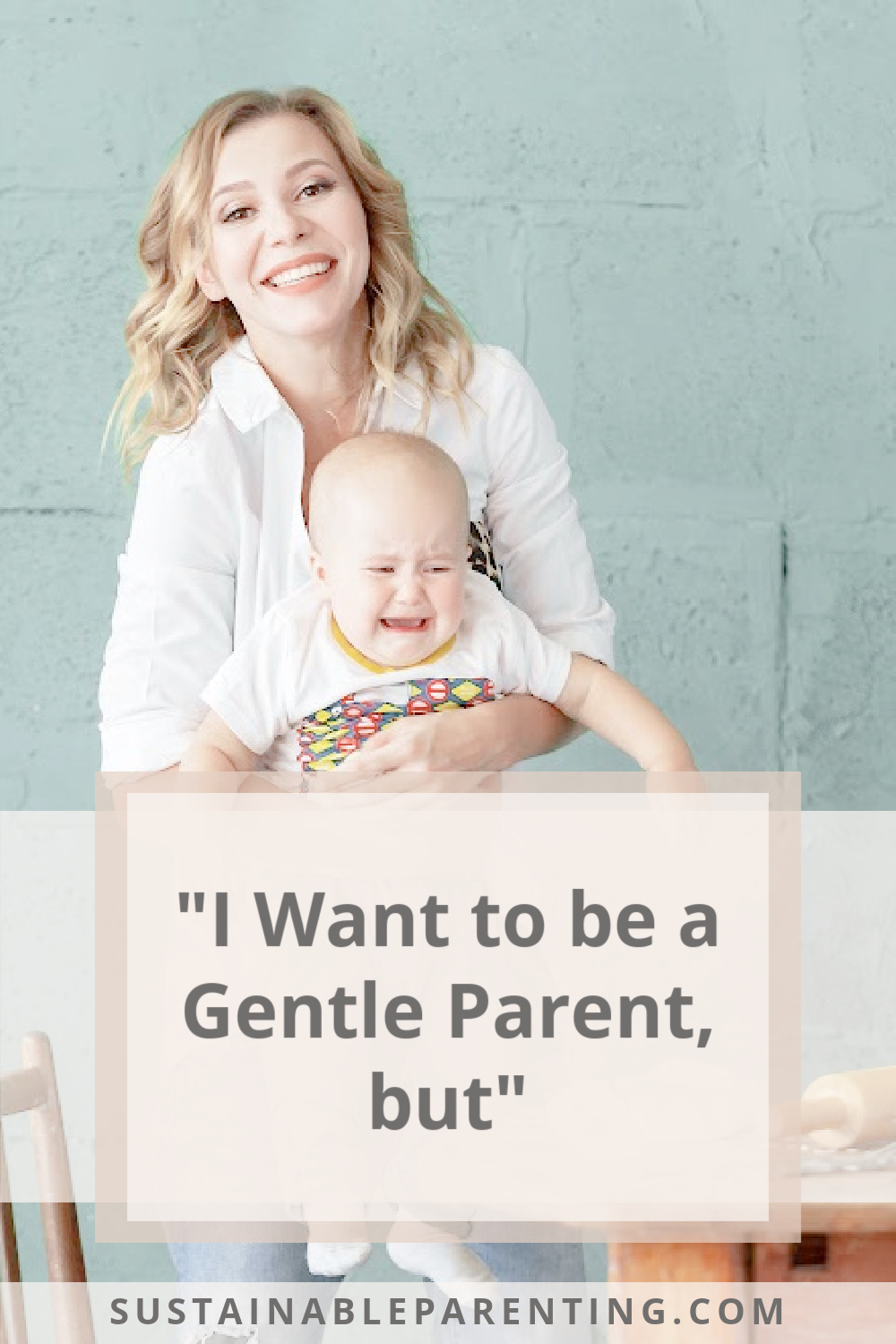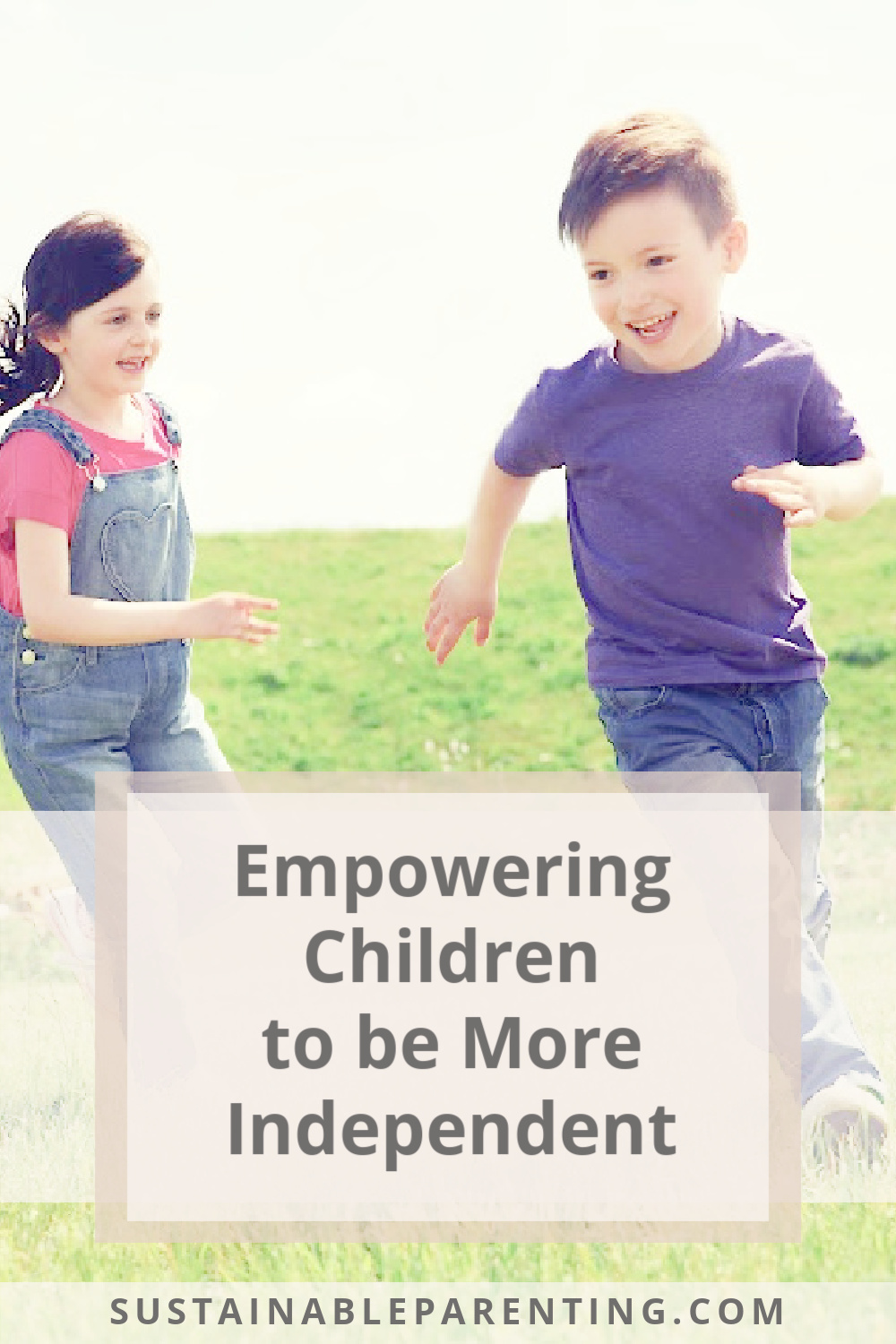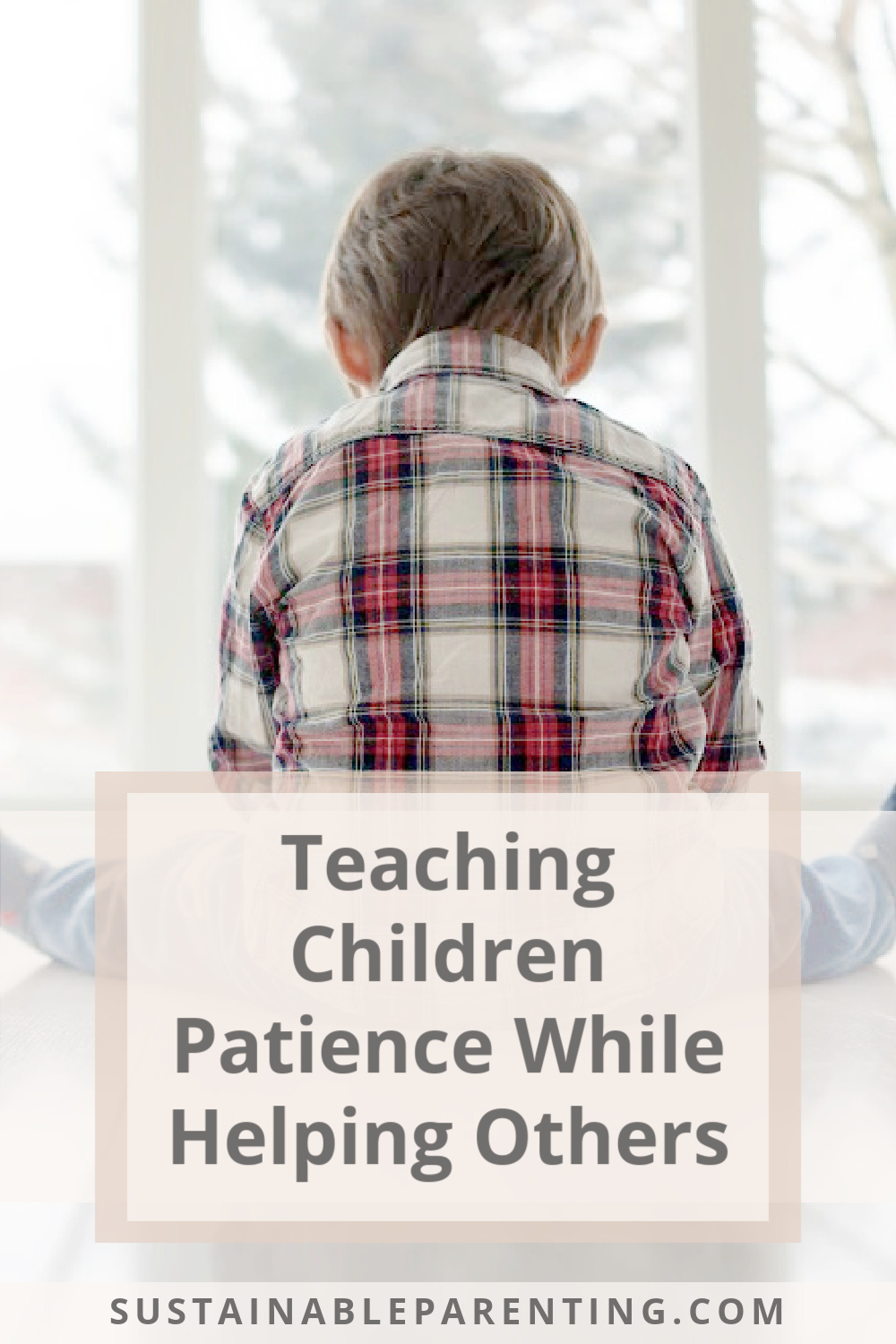
Bringing a new baby home is a joyous occasion, but it needs a lot of adjustments, particularly among siblings. To ensure a smooth transition for the whole family, it’s essential to address common issues that may arise.
How to avoid 3 common problems (with siblings), after bringing baby home:
1. Jealousy
Let’s start by standing in our child’s shoes for a moment. Imagine your partner comes home and says, “Honey. I’m excited to tell you we are adding another wife to our home! It’s going to be so wonderful. You will love her! Think of the fun things you can play with her. You might even get to share a room with her!” How would that feel?
Likely you would have some feelings of jealousy, anger, or sadness – stemming from your struggle to adjust to sharing your family, your space, and the key place in your loved ones’ arms. Knowing this perspective can help you understand what your child is going through. A few key strategies I have found that decrease jealousy include:
- Draw attention to siblings:
When people complement the baby, turn attention toward siblings too: “She is always smiling because she has the best brothers in the world.” “Doesn’t she have the same wonderful spark as her amazing sisters?! I love seeing that in her.” - Involve them in caring for baby:
It can be tempting to ask the child to play away from you while you nurse or bottle-feed. Instead, give them a way to feel useful, if you find they are trying to get your attention. They can rub baby’s feet with lotion, sing a song to baby or pick out a toy that baby can play with after eating – so they feel important and involved in the process. You can even get a small diaper bag for siblings that are really eager to be helpful with baby. - Redirect irritating behaviors.
You may find yourself saying things like, “Stop climbing on me while I’m nursing the baby!”, or “Don’t pull on me. I’m holding the baby”, or “Don’t scream. The baby’s sleeping.” This can lead to the child feeling more negative towards the baby, and doesn’t help to build replacement behaviors. Instead, focus on how you can redirect by telling them what they can do. With young siblings especially, redirection is so much more effective than just telling a child to stop.
- “Honey, you look like you’re wanting to jump. I wonder if you can jump from the edge of the carpet to the first square of the kitchen floor?”,
- “Can you jump over just 1 stuffy or 2 stuffies? Show me.”
- “Let me teach you the ‘interrupting hand’ so you can get my attention when you need something.” (see Sustainable Parenting’s Facebook Group for instructions).
- “Wow. Your voice is creative. What song could we sing together? Let’s try it in different voices – first like a fish under water (moving our finger up and down between closed lips), and second, like a roaring tiger, saying “roar” for each word.
2. Regression
Regression in sleep, toileting or baby talk. It’s very common to have regression, and the best thing you can do is to keep routines as consistent as possible, and know that regression is normal. If they were sleeping great, using the potty, or learning mature strategies to get their needs met, those will return. Show the child you have faith that they will use those skills again with phrases like,“Let’s try that again.”, or “You were doing that so well at Grandma’s house, remember?” Strive to not give into whining, crying or baby talk when the child tries to see if that gets them what they want.
3. Not liking the baby
The most common complaint I hear from parents is “She doesn’t like the baby.” She may even try to pinch, hit or squeeze the baby, and say things like “I hate the baby.” I recommend doing something that is often very counter-intuitive. Normalize your child’s negative feelings. This works under the principle that we “name it to tame it.” When a child feels a big angry or sad feeling, our instinct is often to talk them out of that feeling and tell them all the reasons to not feel that feeling. This can just cause the feeling to get bigger. To tame the anger and sadness, lean into it. These phrases let the feelings get aired out (which in fancy terms we call validation):
- “You sound really sad about baby being here. Yeah. Sometimes you may feel that way.” (then a silent hug for 30 seconds).
- “You sound mad at the baby. Tell me about that.” (pause for at least 30 seconds to listen. They may not start talking until 29 seconds in silence).
If you’d like more personalized guidance, contact Flora today.
Bio: Flora is a Parenting Coach of 12 years, who supports parents world-wide, from her home computer in Bozeman at SustainableParenting.com. When not coaching parents on ways to parent smarter (not harder), she loves to be in her backyard with her 2 kids: ages 5 & 7, or her husband of 10 years, Gabe.







